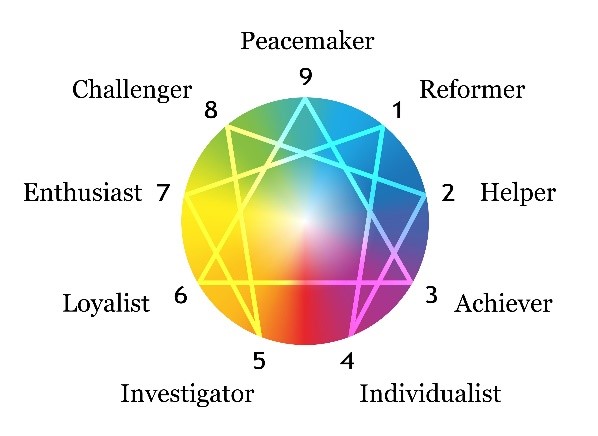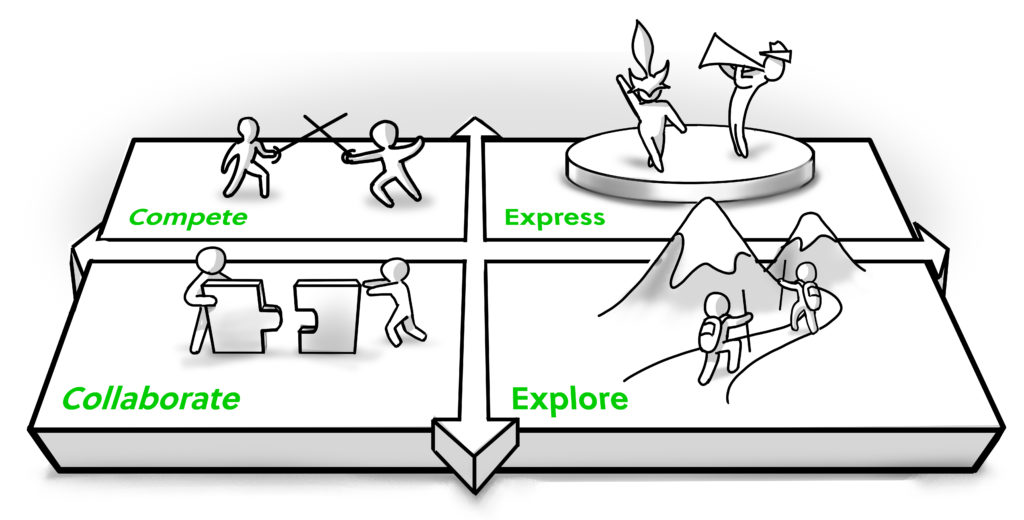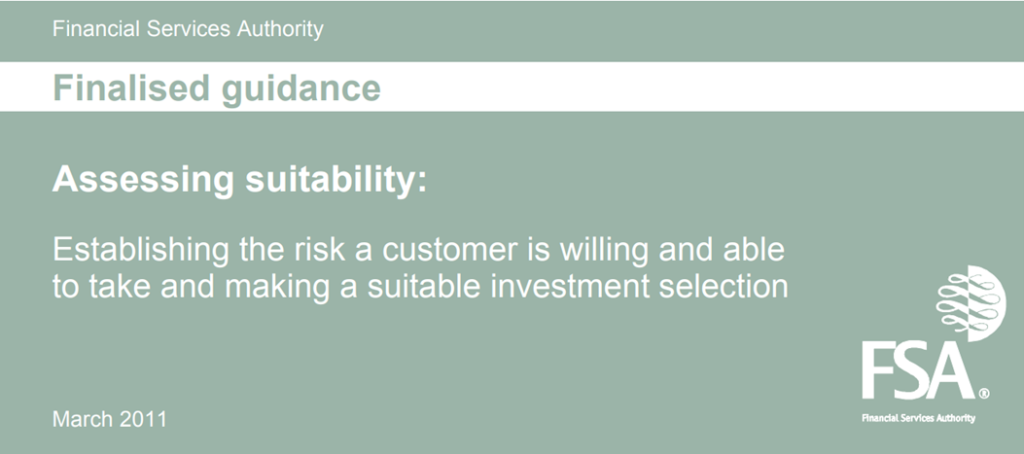Players play games for a host of different reasons, motivated not based on what we think but what we feel and need to resolve emotionally. Understanding these needs help make the game rewarding for a broader range of users. This range can also be adapted to support and fast track the need within financial services to guide users through the advice dilemma and align risk appetite and skill to the right financial instrument. Moroku Odyssey combines decades of personality profiling research and risk appetite into player archetypes for use within the design process as well as the platform for initial and ongoing player archetype profiling and benchmarking.
At the heart of Moroku Odyssey is a set of player maps that permit financial service providers to provide digital customer journeys that allow them to explore, be guided and rewarded as they take on their life money missions. The maps exist as a multi-dimensional data model that tracks where customers have come from, where they are and where they are likely headed. It is these dimensions that begin the journey to hyper-personalisation. The first of these dimensions are the leagues. These leagues are demographic based, the first slice of player categorisation. To continue the journey of personalisation these leagues can then be broken down by adding a further dimension of player archetype. These archetypes have been created through a fusion of 5 archetype models: Jung, Enneagram, Game, Spiral Dynamics and Maslow.
Archetypes are universal, inborn models of people, behaviours, and personalities that play a role in influencing human behaviour. Swiss psychiatrist Carl Jung suggested that these archetypes were archaic forms of innate human knowledge passed down from our ancestors. He posited twelve archetypes to represent universal patterns and images that are part of the collective unconscious. Jung believed that these archetypes reside within all people all over the world, symbolising basic human motivations, values, and personalities.

The model is similar the popular Enneagram personality test used for personal; development in the quest for answers to questions such as “Who am I?” , “What are my strengths, biases and weaknesses?” In the enneagram, readers conduct a multi choice questionnaire like Myers Briggs to determine a personality type that influences how people behave and feel.
While Myers Briggs describes personality traits ‘as is’, with sixteen possible categories a personality can fall into, Enneagram offers a deeper and more holistic understanding of every individual with many more possibilities with each type being interconnected to others and offering up personality wings to provide a total of 27 subtypes.
In 1996 Richard Bartle described a player classification system according to their preferred actions within the game, based on the “Bartle Test of Gamer Psychology”, where he asked questions such as “Is it better to be loved or feared?” “Would you prefer to increase your points or do more damage to others?”. Bartle was a pioneer in putting people at the centre of game design. Before then, most designers relied on superficial advancements in the speed of play, the number of levels and the quality of graphics. His character theory consists of four characters: Achievers, Explorers, Socializers, and Killers. His work was advanced by Amy Jo Kim and her experience building and playing social games and services, to identify four key motivational player patterns: Compete, Collaborate, Express and Explore.
Achievers or expressers like to gain “points”, levels, equipment, and other concrete measurements of succeeding in a game. They will go to great lengths to achieve rewards that are merely cosmetic
Explorers: prefer discovering areas, and immerse themselves in the game world. They are often annoyed by time-restricted missions as that does not allow them to traverse at their own pace. They enjoy finding glitches or a hidden easter egg.
Socializers or Collaborators: gain the most enjoyment from a game by interacting with other players, and sometimes, computer-controlled characters with personality. The game is merely a tool they use to meet others in-game or outside of it. .
Killers or Competers: Motivated by power gaming and eclipsing others. They want to achieve first rank on the high score board or beat another speed runners time record.

Financial Service Providers are compelled to capture attitudinal data points through questionnaires and predictive analytics, to learn more about an investor/client. Assessing a client’s risk tolerance is fundamental to a financial advisor’s ability to add value to his or her relationship with the client. Without risk, there is no reward, yet calibrating the appropriate amount of risk for each client is far from a consistent or scientific process. At the other end of the market, where more agressive fintechs operate, the UK’s Financial Conduct Authority (FCA) warned stock trading apps in November 2022 against adding gamification elements to their platforms, saying they may cause users to make high risk investments and lead to gambling like behaviours. The regulator said that gamification can engage consumers positively but found that it is being used in ways that could mislead consumers or cause poor outcomes. Getting the alignment between user profile, experience and motivations is fundamental to complying with regulators and customer success.

During times of strong investment markets, where every investment grows in value, it’s easy to ignore the importance of risk profiling. However, during more tumultuous times, investing in line with risk tolerance can become more crucial. In financial advice, categorisation typically covers 6-8 profiles from conservative through, moderate, balanced, growth and aggressive and very aggressive. Questionnaires seek to understand attributes such as investment time horizon, wealth created so far, income and financial investing experience. They typically ignore much of the personality profiling evident in models above. Much of this is driven by regulators such as the Financial Services Autority who issued a stark reminder to firms a decade ago about their responsibilities when recommending suitable investment solutions, ramming home the importance of adopting robust risk-profiling processes.

The high number of unsuitable investment selections we see in the pensions and investment markets is still a significant concern. It is a specific risk to our consumer protection objective. The Conduct of Business Sourcebook (COBS) 9.2.1R requires a firm to take reasonable steps to ensure that a personal recommendation, or decision to trade, is suitable for its customer. COBS 9.2.2R requires firms, among other things, to take account of a customer’s preferences regarding risk taking, their risk profile and ensure they are able financially to bear any related investment risks consistent with their investment objectives. We use the expression ‘the risk a customer is willing and able to take’ in this report as a shorthand description of these elements of COBS 9.2.2.R
By combining a broad range of personality and investment profiling ideas from a deep pool of research into human behaviour into player archetypes and laid out across a set of player maps that are 100% dedicated to customer success, financial service providers are able to get the balance right between right leading customers and high engagement. These player archetypes should be used during the design process as well as within the platform to constantly tune an understanding of a users perceived profile and their actual behaviours. When held against a customer, archetypes are used in design to back test the design process to ensure that rewards and motivations are covered for broad player set. Archetypes can be presented to players initially to select their player and held against their player profile. During the missions, player behaviours are then measure against the expected behaviours for a player type and actual player type adjusted for and players levelled up or down and based on displayed knowledge of financial instruments through the challenges undertaken and the skills exhibited and gained.
Player archetypes make journeys rewarding for a broader range of users, appealing to their emotional needs. They help solve the advice dilemma and align risk appetite and skill to the right financial instrument. They are based on extensive research into human behaviour and personality profiling and help get past the need to ask long lists of boring questions, by getting customers gut feel alignment up front then maintaining a real time picture of risk and archetype based on real behaviour, habits and outcomes. By doing so they help tune the robots to understand the nuance of sentiance.